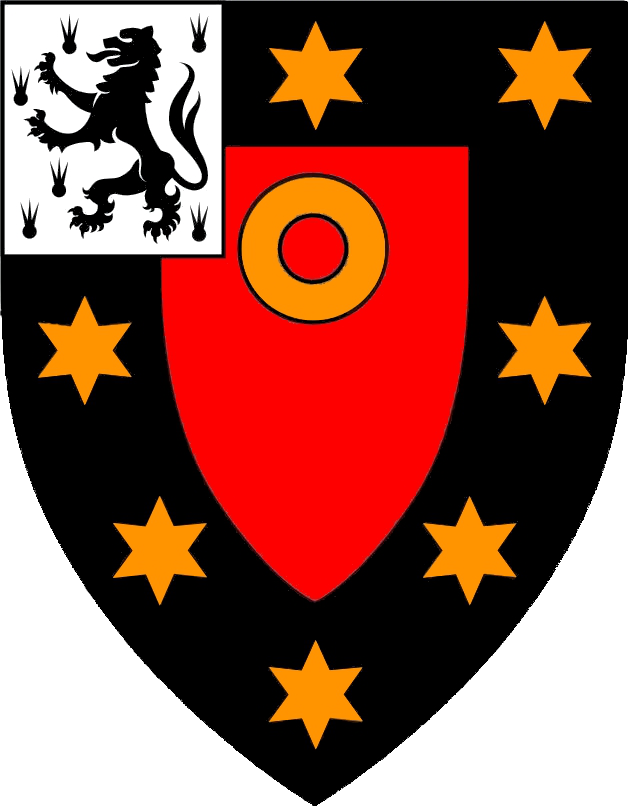Answers to problems in "Electrode Potentials"
QUESTION 11
The standard electrode potential for the Cd/Cd2+ couple implies the following electrochemical cell
Pt|H2(g) (P=1 atm) | H+(aq) (a=1) ||Cd2+(aq)(aCd2+) |Cd
The corresponding half-cell reactions are
Right-hand electrode: 1/2 Cd2+(aq) + e- ⇌ 1/2 Cd(s)
Left-hand electrode: H+ (eq) + e- ⇌ 1/2 H2(g)
Accordingly, the formal cell reaction is
1/2 Cd2+(aq) + 1/2 H2(g) ⇌ 1/2 Cd(s) + H+ (eq) (eqn 1)
For which
△Go = -FEo
= -0.400 F
Similarly, for
1/2 Cd[NH3]42+(aq) + e- ⇌ 1/2 Cd(s) + 2NH3 (aq) Eo = -0.610V
The formal cell reaction is
1/2 Cd[NH3]42+(aq) + 1/2 H2(g) ⇌ 1/2 Cd(s) + 2NH3 (aq) + H+ (eq) (eqn 2)
△Go = -FEo
= -0.610
Subtracting eqn 1 and 2 gives
1/2 Cd2+(aq) + 2 NH3(aq) ⇌ 1/2 Cd[NH3]42+(aq)
The Gibbs energy of the above ligand exchange reaction is
△Go = -F(-0.400 – (-0.610)) = -20.2kJmol-1
△Go = -RTln(K)
K = exp (20.2x103 / 8.31x298) = (a Cd[NH3]42+)1/2 / (a Cd2+)1/2 (a NH3)2
K = 3500


